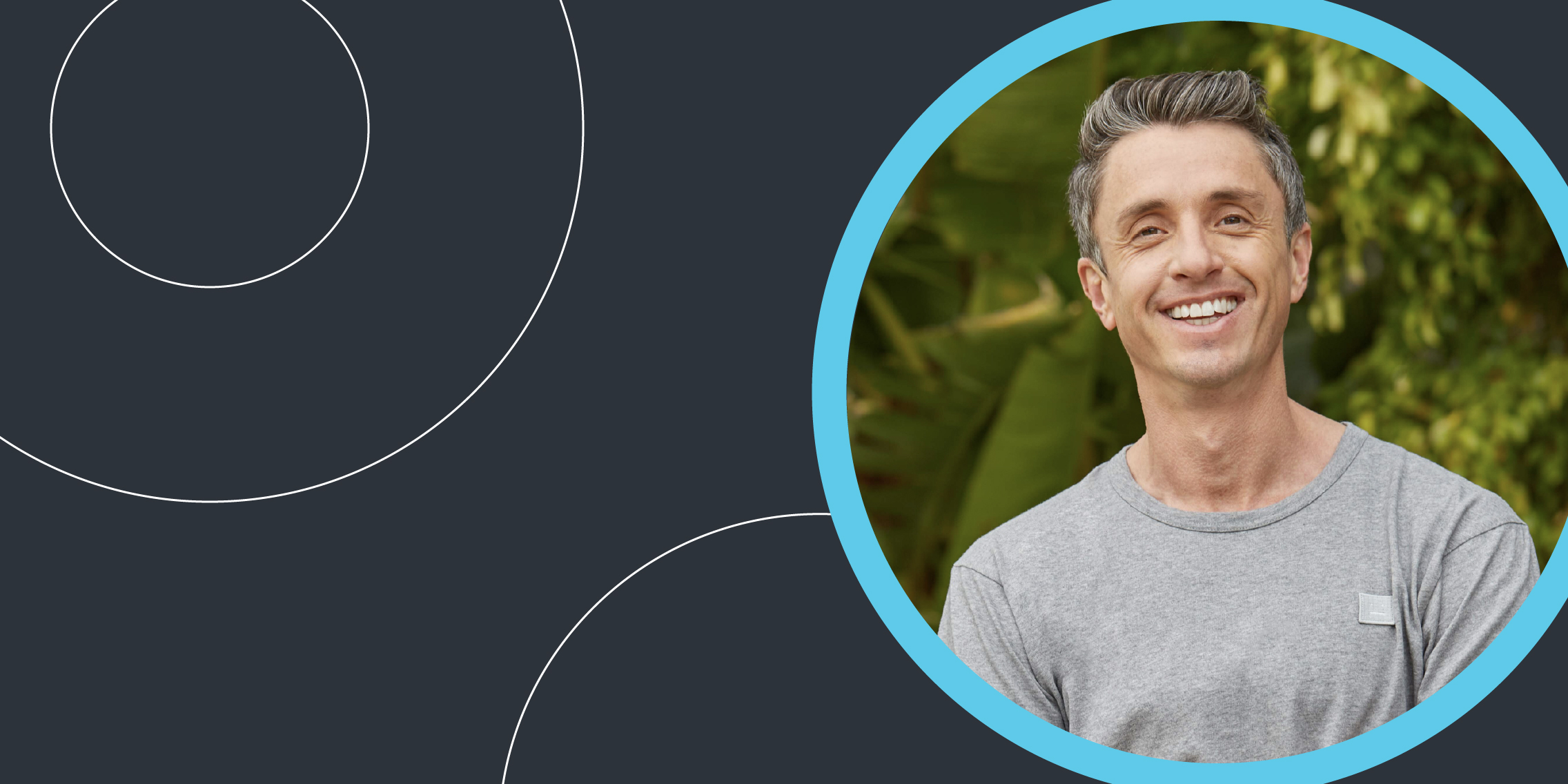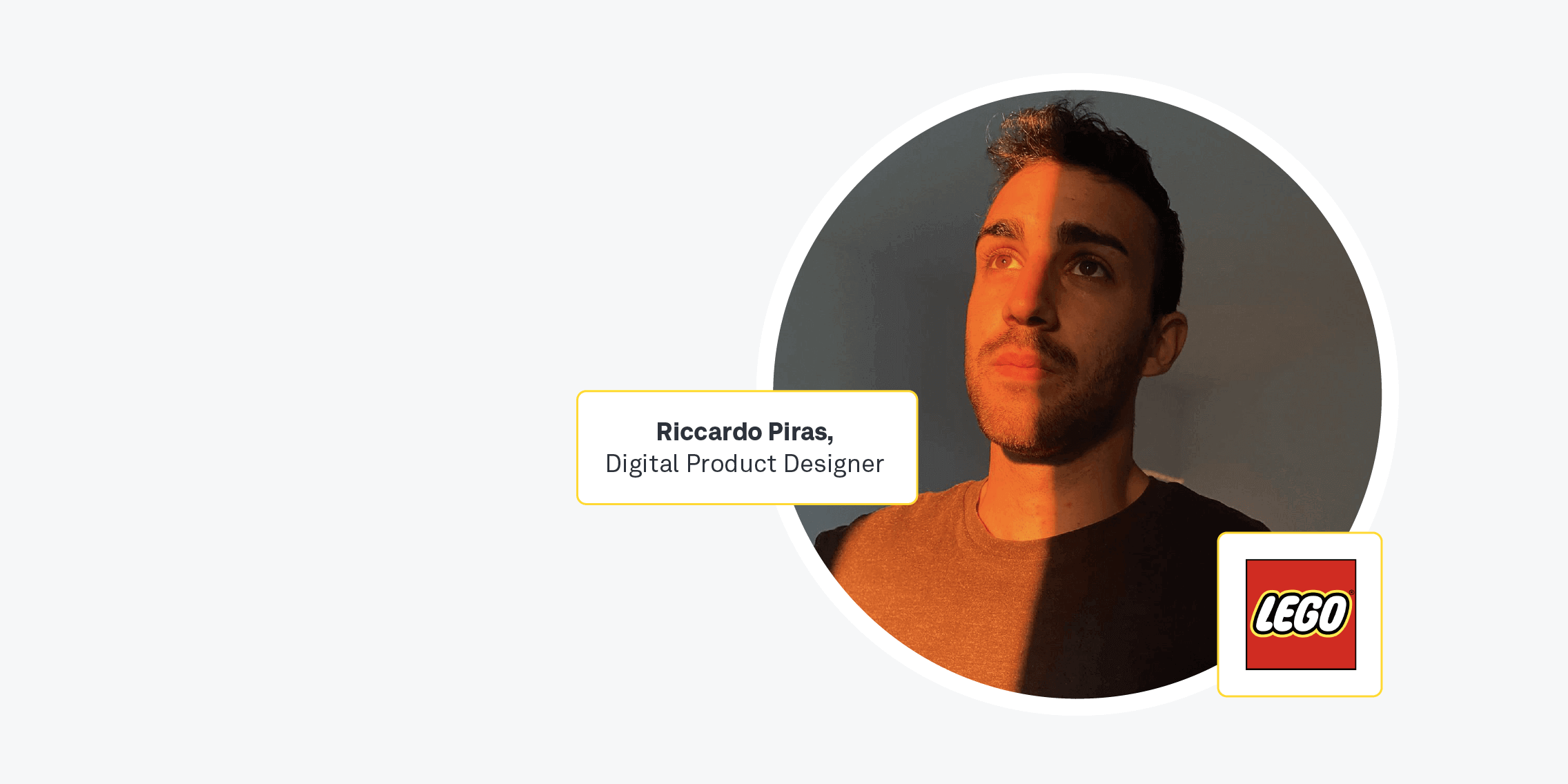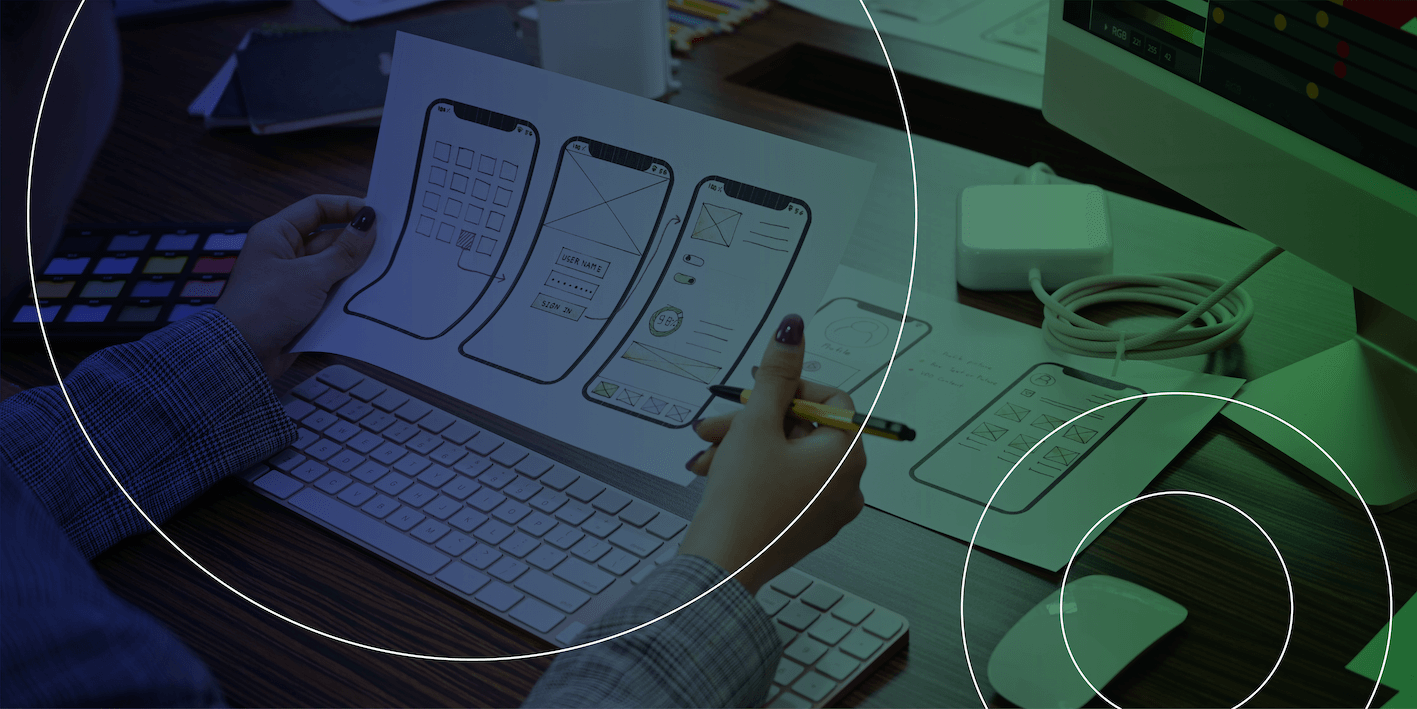In this exclusive interview with Alastair Simpson, VP of Design at Dropbox, Gareth Dunlop explores what it means to be a design leader at one of the biggest software companies in the world. From UX in the early 2000s to leading Atlassian’s transition to an experience-led company, through to his current role at Dropbox, Alastair lifts the lid on what it takes to scale products and teams successfully.
Alastair Simpson’s career highlights:
- VP of Design at Dropbox, March 2020 – present
- Head of Design at Atlassian, June 2014 – March 2020
- Head of User Experience at Neon Stingray (now Valtech), April 2012 – June 2014
Interview themes at a glance:
- Sport, psychology, and call centres: where it all began
- UX in the early 2000s: a career built on problem-solving
- The Atlassian years: leading the transition from engineering-led to experience-led
- The Atlassian years, continued: the secret to scaling design teams
- Design leadership at Dropbox: solving the remote work challenge and avoiding feature creep
- Advice for younger Alastair and fellow designers: stay curious
Sport, psychology, and call centres: where it all began
Alastair Simpson currently leads the entire design division at one of the most successful software companies in the world—but he started out on what might seem like an unlikely path. He got his degree in Business Studies and Sports Sciences and played semi-professional football until the age of 37.
So how did he get from sports and business to design? As he explains, he majored in consumer behaviour as part of his degree, exploring why people do things. This sparked his interest in psychology, which ultimately led him to the human-centric field of design.
After university and a year of travelling, Alastair moved to Australia and worked in call centres where he mastered that all-important design skill: communication. Looking back, he pinpoints that as the start of his design career.
UX in the early 2000s: a career built on problem-solving
In the early 2000s, Alastair became a design team of one at Reed Business Information, the world’s largest B2B publisher at the time. With the explosion of the web, and print revenue declining, it was Alastair’s job to migrate and convert print advertising revenue to online platforms.
He built his own usability testing lab, installed expensive software, and partnered with engineers to test prototypes with real customers. The setup may have been a lot more basic than what today’s designers and engineers are accustomed to, but Alastair was effectively leveraging approaches like usability testing and lean UX well ahead of the curve—some two decades before they would become mainstream.
Listening to Alastair recount those early years in UX, there are several key insights that stand out—and that still hold true for designers today.
As designers, we must encourage our colleagues to step into the user’s shoes and understand their problems.
Even though the setup was fairly rudimentary, I discovered very early on the power of convincing an engineer or a CEO just by showing them a customer being unable to use or buy the thing they wanted them to buy. It reinforced how things that engineers thought were obvious to users, often really weren’t.
Design leaders must constantly demonstrate the value of their work.
We were aware that, within the business, people were incentivised for different things, so it was important for me to show, not tell—inviting people into the usability lab and letting them see the user interact with the product directly. Even if you’re in a fast-growing business, even if you have a top-down belief in the power of design, design leaders need to be constantly showing the value of their work.
A user problem is a business problem; design leaders must demonstrate a direct link between design quality and business performance.
I remember being influenced back then by something I read from Don Norman and Bruce Tognazzini about showing the business impact of the customer problem. I created a slide deck based on call centres, showing how certain usability issues negatively impacted customers’ ability to solve problems for themselves. By modelling the impact of fixing those issues (for example, a 10% reduction in calls), we can make a direct connection between design quality and business performance—and assure colleagues that what’s better for customers can simultaneously be better for the business.
Ultimately, Alastair reinforces that, while UX tools and processes may have changed over the years, the tenets of the craft haven’t. The glue that held his team together back then in the early 2000s is the same glue that holds successful teams together today: a focus on problem-solving.
The Atlassian years: leading the transition from engineering-led to experience-led
By now an accomplished design leader, Alastair went on to land his first product-focused role at Atlassian.
Inspired by what the Chief Design Officer at the time said to him—that “Atlassian is an engineering-led company and we’re trying to become an experience-led company”—Alastair accepted the challenge and embarked on an incredibly interesting career journey.
In six years at the company, he helped grow the team from 20 designers to 300, supporting an overall workforce which had grown from 800 to 6,000 people. He led design across the full suite of Atlassian products and helped to build the platform team from the ground up—now one of the biggest teams inside Atlassian.
On the transition from engineering-led to experience-led, Alastair emphasises the importance of cross-functional collaboration. In his own words:
We were clear that our job wasn’t about being ‘design-led’ as if design was somehow more important than other disciplines. We believed that building a product was a team sport—you need good engineers, good product managers, good designers, good researchers, good data scientists, and good content designers. The term ‘experience-led’ encompassed the engineering and performance of the product, making sure that we were making the right product decisions, as well as the design of the product.
Robust yet flexible design systems also have a major role to play. In the case of Atlassian, where the product range was expanding at a rapid rate, product teams had to work quickly without losing consistency. At the same time, Alastair underscores the importance of adapting the design system as products, teams, and user needs evolve.
A great design system focuses on the foundational components that should be consistent across the system, and then has a consistent set of patterns where you build up those components and how they should be used together, but also allows a degree of flexibility so that there can be some difference in how those patterns are brought together in different scenarios.
Alastair adds that it’s also important that the design system is open, and those responsible for it are listening to feedback. Communication and collaboration are critical. It’s a two-way conversation where the teams are committed not just to the consistency of a design system, but also to the evolution of a design system. This ensures that it meets the needs of the business and the product designers who are implementing it over time.
The Atlassian years, continued: the secret to scaling design teams
When it comes to growing design teams, one of the biggest challenges lies in managing and scaling processes. The processes that work for a team of 30 don’t necessarily scale up effectively for a much larger team.
As Head of Design at Atlassian, Alastair recognised that a cookie-cutter process wasn’t going to work. As the team grew from 20 to 40 to 80 to 160, he found that every three to six months, the current process effectively broke.
He realised that he needed to give his team both processes and practices: a general framework for how things are done, and specific ways of solving problems that afforded people more autonomy.
If you’re scaling a team, adopt a growth mindset, be adaptable, and be flexible. While the process is important, I’m a big believer in practices. Practices are flexible frameworks and guardrails for you to help teams understand the direction we’re trying to go in. There is a framework around how the team might get there, however there’s enough wiggle room for them to adapt its use to meet their own needs. In a complex environment, you need fewer check boxes and more frameworks which designers can apply best on their best judgements.
A valuable lesson for design leaders: processes are useful, but practices will empower a growing design team.
Design leadership at Dropbox: solving the remote work challenge and avoiding feature creep
In March 2020, Alastair moved into his current role: VP of Design at Dropbox. He runs the full spectrum of design within the organisation, including brand, product design, strategy, content design, and research.
And, having joined Dropbox at the start of the global pandemic, Alastair also helped lead the company’s shift to remote work into a model called “Virtual First”—a challenge that he tackled like any other design problem:
I hired our first Head of Remote, because I believe that’s a design problem, right? It’s a design challenge around how companies shift to remote ways of working—it’s not just about technology such as Zoom or Teams—but rather, it’s about how work is done and what behaviours need to change. To me, that’s a human-centred design problem.
As for the product itself, Alastair faces the challenge of balancing the simplicity for which Dropbox is renowned and revered with the inexorable addition of features as the product evolves. So how does he navigate that and avoid the danger of feature creep? For Alastair, the only solution here is to go right back to the core tenets of design. That is, to continuously revisit and review the fundamental problems that customers have when using the product or platform.
In practice, we are constantly reviewing our core customer journeys, iterating on them, and ensuring that they are simple and delightful for our customers. Going back to the core tenets of design, we’re never scared to always start with the fundamental questions. What’s the problem? How do you design solutions to that? How do you keep iterating on it? And how do you just remain focused on those things?
Advice for younger Alastair and fellow designers: stay curious
Reflecting on his career so far, there’s one key piece of advice that Alastair would give to his younger self, and to any current or aspiring designers:
Stay curious. When you enter a new company, are you curious about the customer? About the business? Your partners? How do you go and find information? If you show curiosity, you’ll uncover problems and needs that you can then go and solve, or help others to solve.
That curiosity can be applied to your own professional life, too. What are you curious to learn at this moment in time? And that may differ at different points throughout your career. My curiosity has led me to different places and led me to broaden my own skillset. Even on a day-to-day basis, that curiosity helps me turn up to meetings and ask thoughtful questions, as opposed to just stating my opinion.
Interview conducted by: Gareth Dunlop, consultant, speaker and writer on UX design leadership. For 25 years Gareth has founded, led, grown and sold digital agencies. He currently speaks, writes and consults on innovation and UX design leadership.
Note: This interview was conducted for the Journal of UX Leadership, a new publication from the UX Design Institute for ambitious UX professionals who want to learn from their peers and grow their careers.




